Other
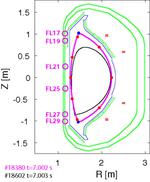
“The Science A persistent problem has dogged the largest fusion device in South Korea. The Korean Superconducting Tokamak Advanced Research (KSTAR) device has run successfully since 2008. However, controlling the vertical position of the ultra-hot plasma has proven difficult. Stable …

“In an effort to block emerging threats to online security, researchers at Princeton University have developed a method to verify the strength of random number generators that form the basis of most encryption systems. Nearly all secure online traffic — from …
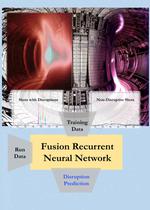
“Before scientists can effectively capture and deploy fusion energy, they must learn to predict major disruptions that can halt fusion reactions and damage the walls of doughnut-shaped fusion devices called tokamaks. Timely prediction of disruptions, the sudden loss of control …
“In a major step toward making a quantum computer using everyday materials, a team led by researchers at Princeton University has constructed a key piece of silicon hardware capable of controlling quantum behavior between two electrons with extremely high precision …

“A discovery by an international team of researchers from Princeton University, the Georgia Institute of Technology and Humboldt University in Berlin points the way to more widespread use of an advanced technology generally known as organic electronics. The research, published …

“If the advent of computers launched the Information Age, the ability to engineer tiny machines from molecules could define the coming decades. In a testament to the rapid advance of nanotechnology, the 2016 Nobel Prize in Chemistry was awarded to …
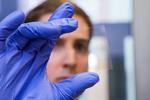
“Smart windows equipped with controllable glazing can augment lighting, cooling and heating systems by varying their tint, saving up to 40 percent in an average building’s energy costs. These smart windows require power for operation, so they are relatively …

“In debates over the future of artificial intelligence, many experts think of the new systems as coldly logical and objectively rational. But in a new study, researchers have demonstrated how machines can be reflections of us, their creators, in potentially …

“Electromagnetic pulses lasting one millionth of a millionth of a second may hold the key to advances in medical imaging, communications and drug development. But the pulses, called terahertz waves, have long required elaborate and expensive equipment to use. Now …
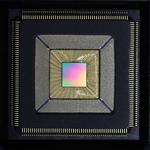
“Princeton University researchers have developed a new computer chip that promises to boost the performance of data centers that lie at the core of numerous online services such as email and social media. The chip — called “Piton” after the metal …

“Synthetic biology allows researchers to program cells to perform novel functions such as fluorescing in response to a particular chemical or producing drugs in response to disease markers. In a step toward devising much more complex cellular circuits, MIT engineers …
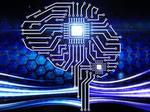
“Bhavin Shastri, a Banting postdoctoral fellow in our group, has recently conducted research in using graphene as a saturable absorber element in neuron-inspired laser processors. Novel materials and devices in photonics have the potential to revolutionize optical information processing, beyond …
News After 85-year search, massless particle with promise for next-generation electronics discovered
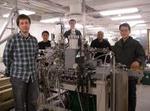
“An international team led by Princeton University scientists has discovered an elusive massless particle theorized 85 years ago. The particle could give rise to faster and more efficient electronics because of its unusual ability to behave as matter and antimatter …
